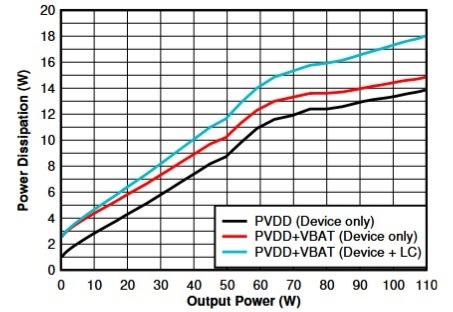Not i
Not if you are a member of AES.Read the thread. The link is in the 4th post. You need to buy the paper to get the formula.
Martin


